South Australia’s Mineral Masterpieces: Discover the State’s Hidden Geological Treasures
The minerals on display, on loan from the South Australian Museum, reflect the important role mining has played in South Australia’s development.
The collection ranges from gold, first discovered in Australia at Castambul in the Adelaide Hills in 1846, through the copper that supported South Australia’s industrial growth, to the minerals now critical to renewable energy.
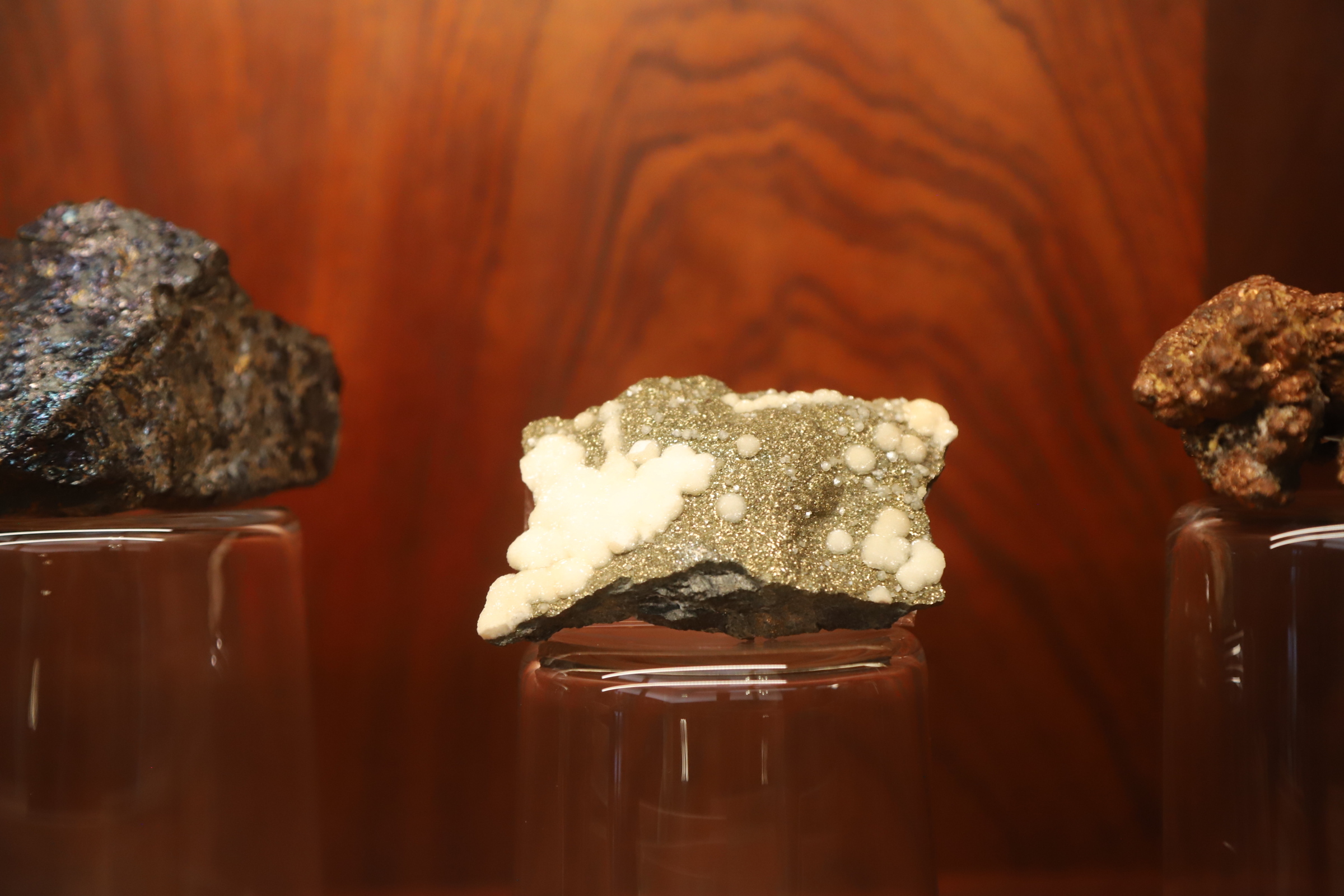
Long before European settlement, the Peramangk people, known as the “Fire Makers” or “Red Ochre Peoples” inhabited the Adelaide Hills, used minerals like flint, quartz and quartzite, pyrites, and red ochre for various purposes, including firestarting, tools, body paint, and decoration, and traded these resources with other groups.
The discovery of gold in South Australia was the first in the country, predating the finds and gold rushes of the eastern states.
The discovery of rich specimens from the Victoria Mine near Castambul caused great excitement but the mine failed to live up to expectations; less than 1kg of bullion was produced and interest soon waned.
The history of subsequent discoveries is characterised by a series of short periods of high gold production as large numbers of men rushed to, and quickly exhausted, each new find.
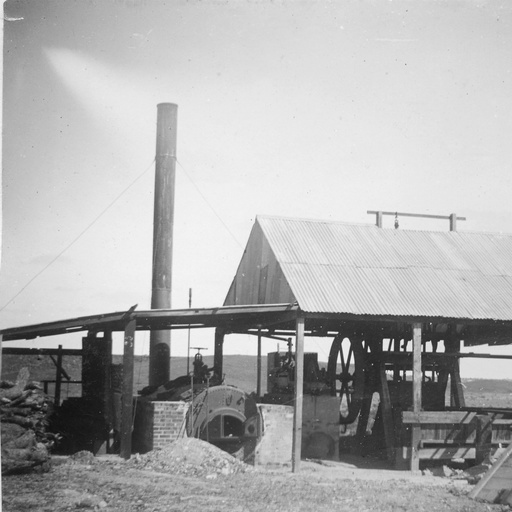
As vital as gold was to our history, it was copper that revolutionised South Australia’s industrial landscape.
Found in abundance in the ‘Copper Kingdom’ - Kapunda, Moonta, and Kadina - copper drove the state’s economic growth and infrastructure development.
The mine at Burra was known as “The Monster Mine” for its the size and quality.
The revenue from copper funded the expansion of the original Government House to its present size.
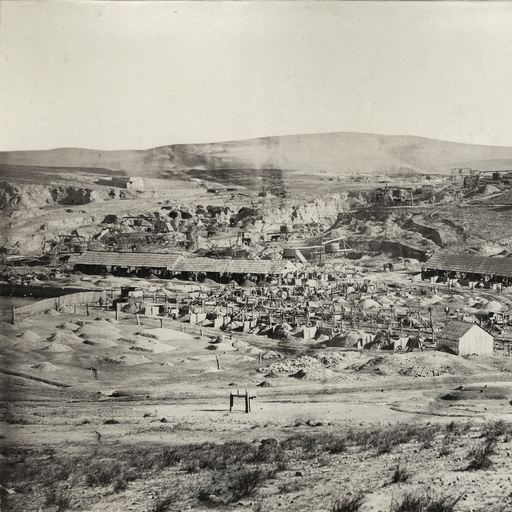
One of the most poignant pieces in the collection is a copper ingot recovered from the wreck of the SS Admella – one of Australia’s worst maritime disasters.
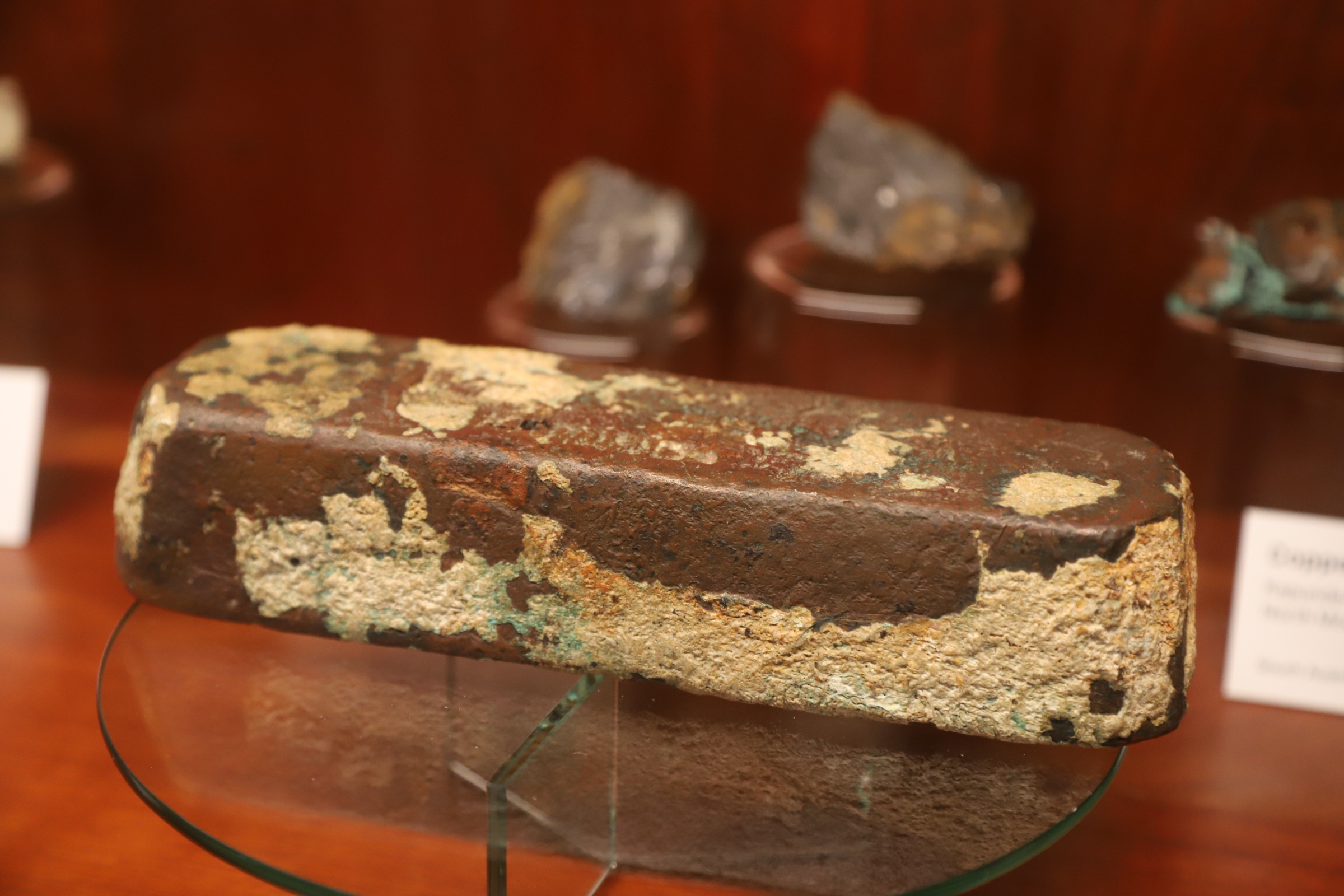
The Admella plied the route between Adelaide, Melbourne and Launceston.
In 1859, carrying passengers, racehorses and cargo including 93 tonnes of copper, struck a reef off the coast of Cape Banks, near Carpenter Rocks, in the state’s South East.
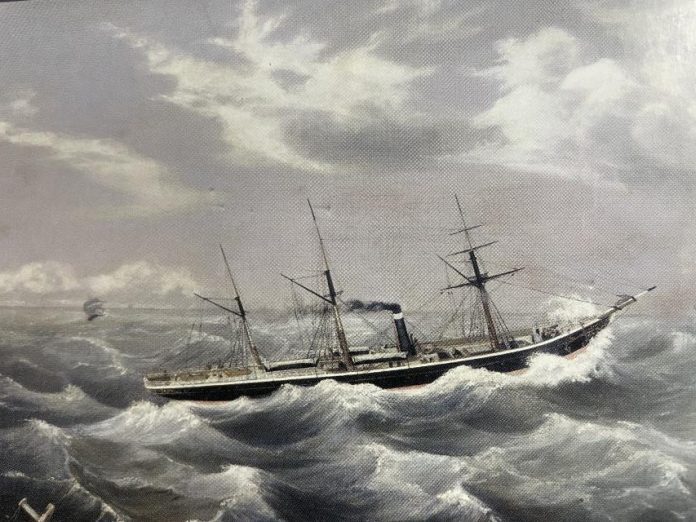
Many passengers survived the collision but were unable to be rescued because of the heavy seas.
The exposure and cold claimed the lives of 89 people over the course of a week.
South Australia's mining industry continues to be a vital part of the State's economy, contributing to both local development and global supply chains.
Looking ahead, minerals like descloizite, graphite, and spodumene are key to a renewable energy future, serving as essential components in the energy storage technologies and electric vehicles that will define the next phase of energy transformation.
These resources are positioning South Australia as a leader in the global shift toward sustainability.
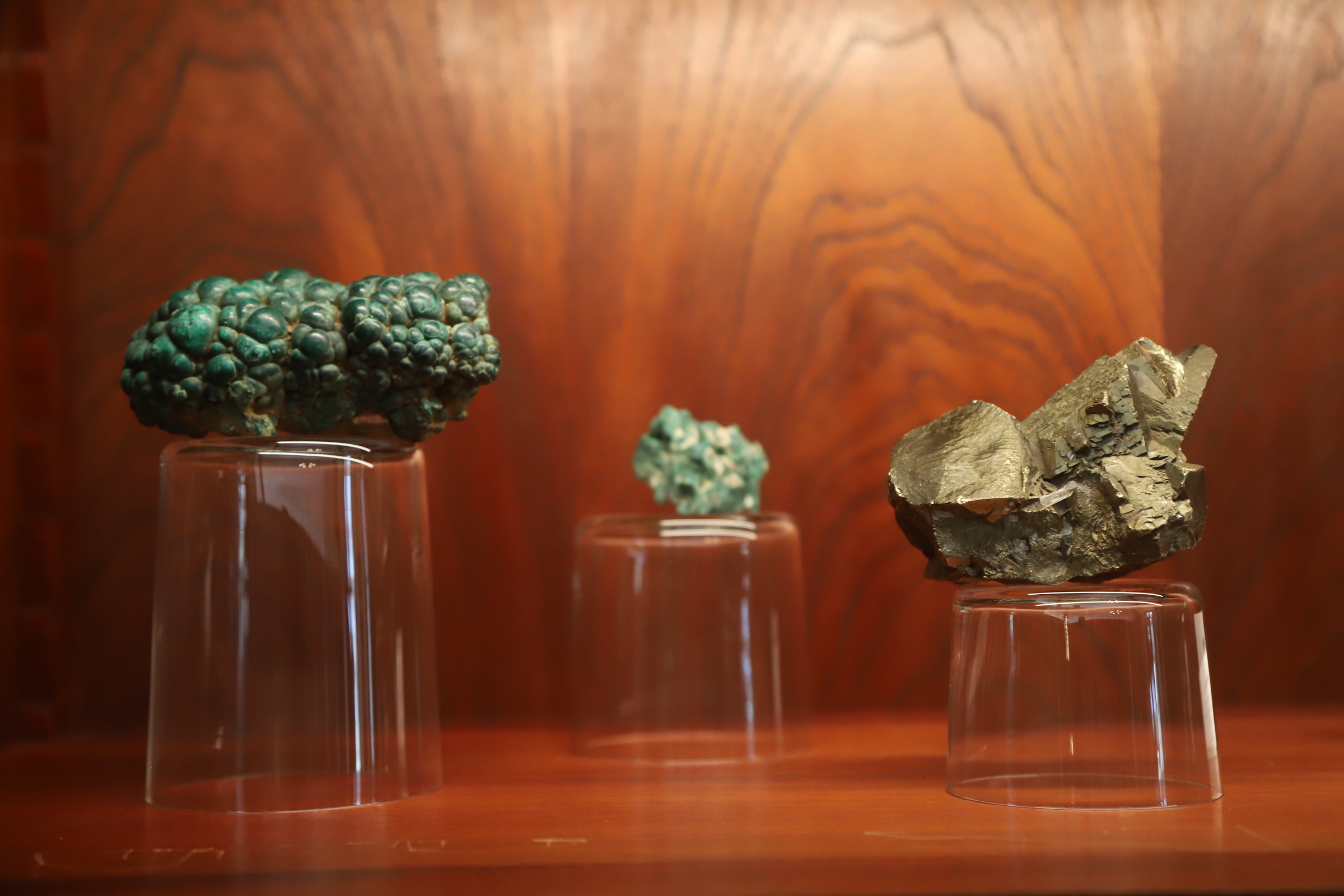
Visit the South Australian Museum website to learn more about the mineral collection.